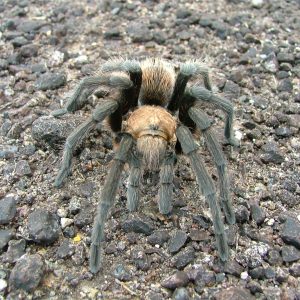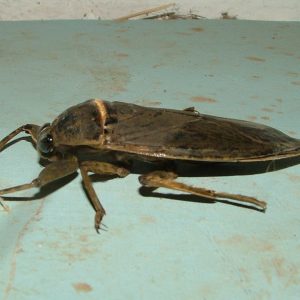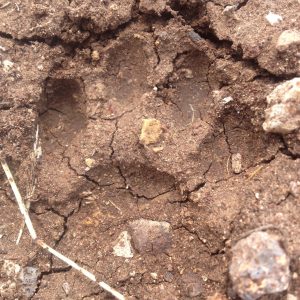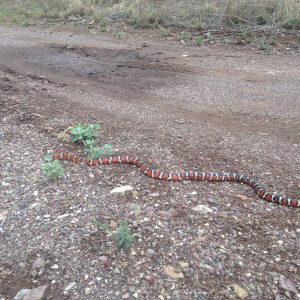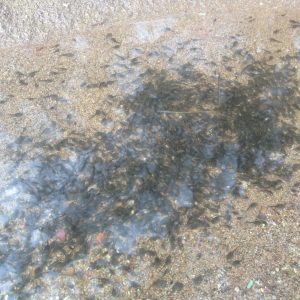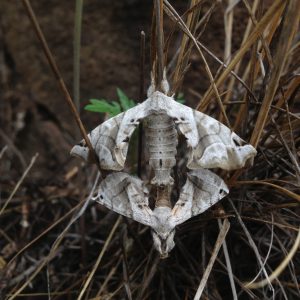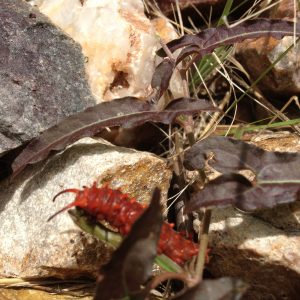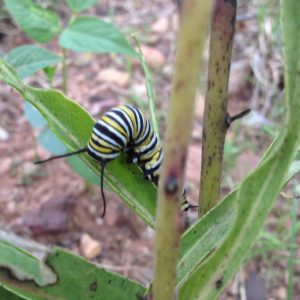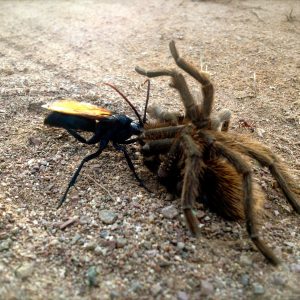The past few weeks have been a bit of a blur for me. The plants that I scouted and collected specimens from back in June are now fully seeded out and Leah and I have been racing to grab as many as we can before they scatter to the wind, literally, in many cases. Some, like Hopsage (Grayia spinosa) and Prickly poppy (Argemone munita) are almost too easy, with drooping limbs/stalks bearing massive quantities of seed, ripe for thepicking. Others, notably the lupines and vetches, are incredibly frustrating to harvest. Every time you think you have 10k seeds lined up a batch goes moldy or the pods dehiss and scatter the seeds before you can make it back to the site. Win some lose some I guess.
While I think the SOS program is a great idea and generally well carried out, I can’t help but wonder that the difficulties of gathering seed are influencing our collections in interesting ways. Since our time is limited, I have been focusing on the varieties that are easy to collect from, which certainly screens out some otherwise excellent species. Is it worth passing up 2 easy collections of Ribes to get 1 of the less-seedy Amelanchier? I can’t say. Even within the same species, pickers can end up selecting for odd (and not necessarily adaptive) traits. For example, with Lupinus andersonii I’ve found that certain plants have many pods that stay both ripe and intact, while most plant’s pods dehiss and scatter as soon as they ripen. As a collector, I can tell you which plants get their genes represented more in the bags I send to Bend!
On a purely personal note, this past weekend it was lovely to get together with some fellow interns. The Alturas crew came down to the East Sierra for a backpacking trip which Leah and I followed along for a day, which we followed up with another hike with another CLMer from Ridgecrest on Sunday. Good times all around and it made me really thankful for the community aspect of this program!
Cheers, and enjoy your summers!






